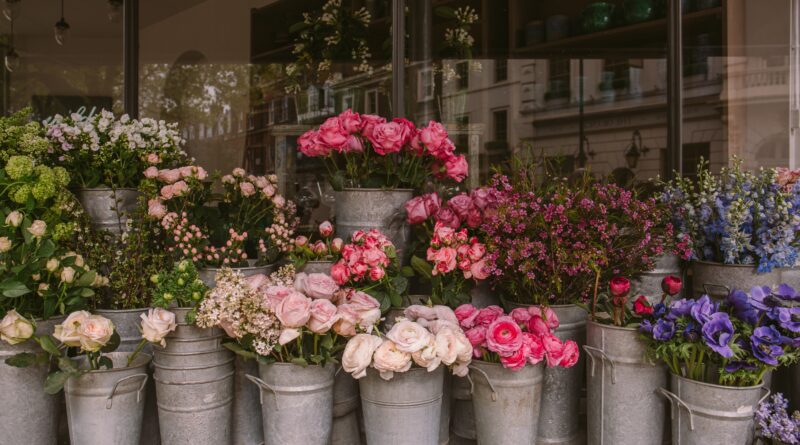Japanese Phrases That Express The End of Flowers
There are many Japanese words that express the end of flowers depending on the kind.
花の終わりを表す日本語
Today, I will talk about some typical ones among them.
花の終わりを表す日本語は、花によってさまざま存在します。
Sakura (cherry blossoms) ・・・ “Chiru” (which literally means “dissipate”)
今日は、その中から代表的なものを幾つか紹介します。
(A scene that cherry blossoms are falling is called “sakura hubuki” (hubuki means blowing snow).)
桜・・・「散る」
(桜が散る様子は「桜吹雪」と呼ばれます。)
(桜が散る様子は「桜吹雪」と呼ばれます。)
Kiku (chrysanthemums) ・・・ “Koboreru” (which literally means “dance”)
菊・・・「舞う」
(枯れた菊の花びらは垂れ、それが風に吹かれると舞っているように見える。)
(枯れた菊の花びらは垂れ、それが風に吹かれると舞っているように見える。)
(Petals of withered chrysanthemums droop, it looks like they’re dancing when winds are blowing.)
梅・・・「こぼれる」
Ume (Plums) ・・・ “Koboreru” (which literally means “spill”)
椿・・・「落ちる」
Tsubaki (Camellias) ・・・ “Ochiru” (which literally means “fall”)
牡丹・・・「崩れる」
Botan (Peonies) ・・・ “Kuzureru” (which literally means “collapse”)
朝顔・・・「しぼむ」
Asagao (morning glories) ・・・ “Shibomu” (which literally means “deflate”)
雪柳・・・「吹雪く」
Yukiyanagi (spiraea thunbergii) ・・・ “Fubuku” (which literally means that blowing snow occurs)
私たちは花が終わりを迎える様子を、さまざまな言葉で表現してきました。
We’ve expressed scenes of the end of flowers by using various words.
必ずしもこれら表現を使う必要があるわけではありません。
It’s not necessarily required to use these expressions to each flower.
しかし、こういった特別な表現で情景を表すことは、美しいと思います。
However, I think that it’s beautiful to express visual scenes by using such special expressions.




